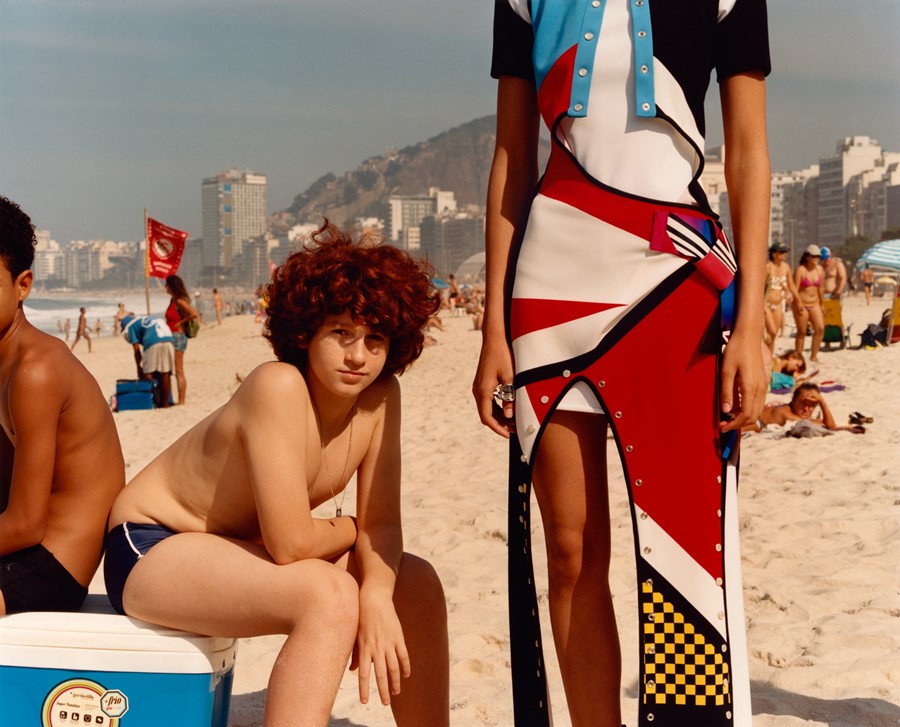For his most recent venture, the photographer takes over the Amsterdam's Huis Marseille photography museum in his most expansive show yet
There are few photographers in fashion who tread the line between personal and commercial work quite so artfully as Jamie Hawkesworth. He refuses to distinguish between the two, treating all of his subjects with the same honesty and candour. Rather than dressing people up, his work is about simply observing his subjects, and maintaining what he describes as a “sense of wonder at being present in the world”.
Hawkesworth discovered photography while studying for a degree in Forensic Science at Lancashire university, for which he was required to take photographs of mock crime scenes. Despite not having had a particularly creative childhood, he soon after made the serendipitous decision to switch courses to Photography, and began tirelessly documenting the world around him. His chance encounter with the medium was to set him on a path to becoming one of the industry’s most vital and revered photographers; he has since applied his warm and incisive aesthetic to campaigns for the likes of Miu Miu, Alexander McQueen and J.W. Anderson.
When Hawkesworth was invited to exhibit some of his work at the little known Huis Marseille museum in Amsterdam, he was not prepared for just how much the space would inspire and transfix him. So much so, in fact, that he persuaded the museum’s curator to let him host a solo show. “It’s such a weird and wonderful space,” he says. “You go from these very large rooms to these very small rooms, upstairs, downstairs, along corridors. I liked the idea of each room lending itself to a particular series of work or a particular project.” In this way, navigating the labyrinth of the Huis Marseille becomes much like accompanying Hawkesworth on a personal and visual journey through his oeuvre. AnOther spoke to the photographer about what drives him, and the power of his medium to shape the inner mind.
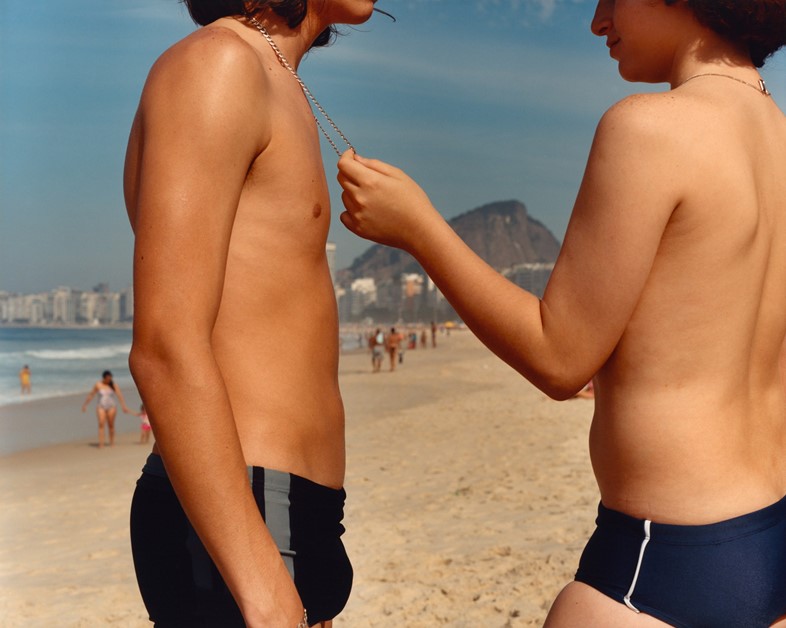
On building the exhibition…
“What’s so interesting about the Huis Marseille is that it was actually two 17th-century canal houses alongside each other and they knocked through the walls to make it one museum, so it’s this incredible space. There are 14 rooms and a basement, and each room is so different. As opposed to my previous show at Red Hook in New York, I saw this as an opportunity to experience work in lots of different rooms of different scales. Building the exhibition was really about thinking how each room might interact with the work. For example, at the heart of the museum are these two conjoined rooms connected by a corridor and you can do a whole loop around the two rooms, which echoes my Preston Bus Station Project where I walked around a loop of a bus station all day taking pictures. I’d only ever printed 30 pictures from that project before, but in the exhibition there will be 190.”
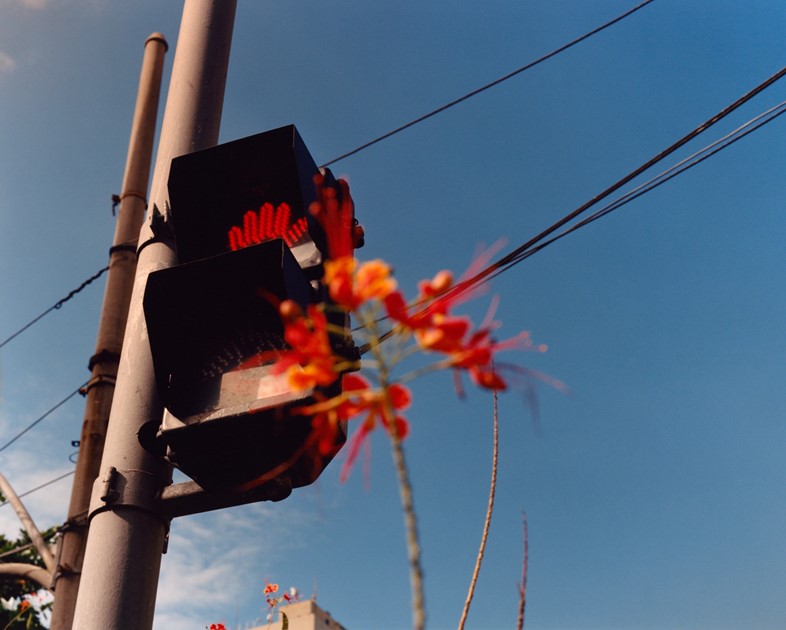
On how his experiences have informed his visual language…
“My whole experience of photography starting out was very naïve. I had no prescribed ideas about art or photography, or anything creative really. I still think that’s incredibly important. The hardest thing to hold onto is a sense of naivety. My Preston Bus Station project was very formative because I spent so much time by myself with a camera taking pictures of people, looking at light, looking at people’s features and tiny details in their clothes. It was so important in terms of establishing my way of seeing things. Since then, of course, my sensibility has changed, with the more experiences I’ve had. Each place has left its mark, from the Congo to Antarctica. There’s always a natural growth in how you see things.”
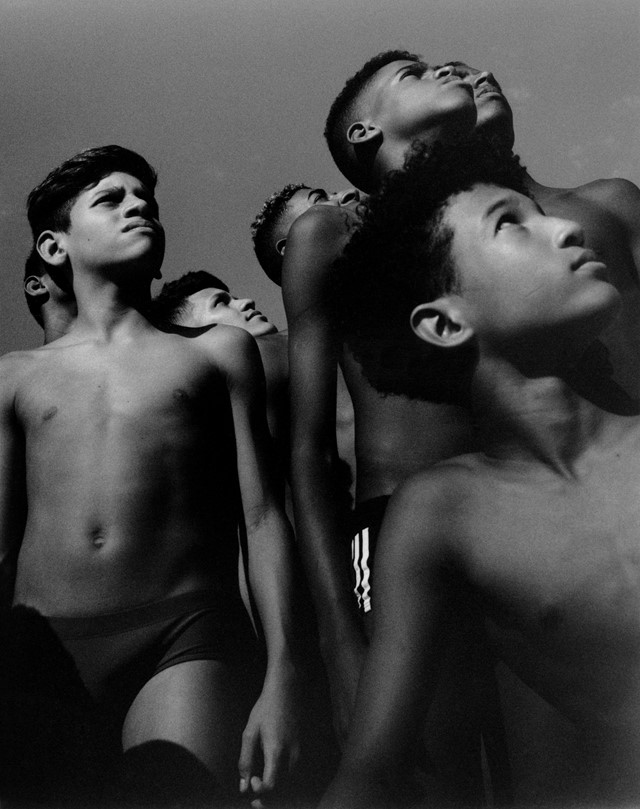
On his reluctance to thematise his work…
“I never want to overly dress or burden my work with symbolism. That’s why I called the exhibition Landscape with Tree, the same name as one of my photographs; it is very simple, but there is also a depth of feeling. It’s like you’re trying to articulate something but you just can’t quite put your finger on it. I like leaving things open to interpretation. I find that reducing it down to something as simple as a landscape with a tree allows people to bring something of their own.”
On what draws him to take somebody’s portrait…
“I often photograph kids and teenagers because their experience is less rounded than that of an adult, so in terms of portraiture they are much more open, more naïve. To me, they represent the now in every inch of their existence – an honest representation of the now. An adult has something of that too, but there’s something about a kid that is so much more raw and open for a photograph. The now is so important, in terms of photography but also in terms of history.”
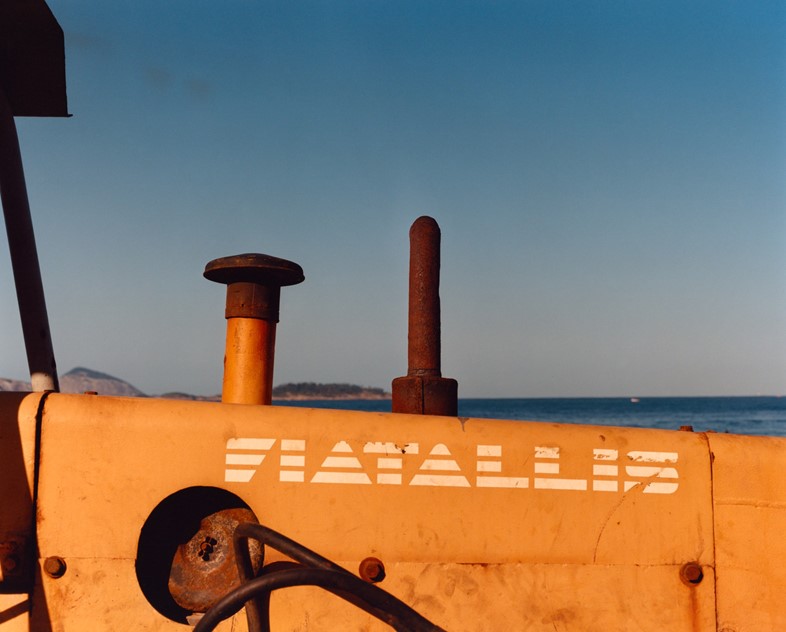
On his own way of seeing…
“I think the most important thing for me is going out and taking pictures and seeing what you come across. And allowing myself to be incredibly open about anything, then any kind of beauty can creep into the picture. I don’t have any kind of filter. I’m not saying my work references fashion from the 1930s, or my sensibility is built around 80s pop music. It’s not about any of that. It’s about being open and appreciating the now. I think it’s astonishing the way that, with a camera in my hand, I can appreciate anything from a blade of grass to the stitching on a cardigan. A receptiveness to any kind of beauty means there's an endless possibility.”
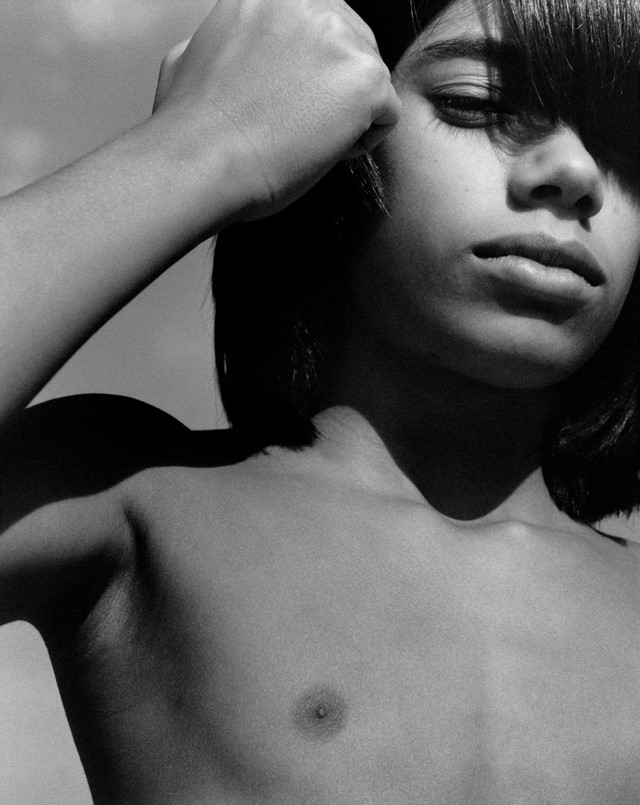
Lanscape with Tree by Jamie Hawkesworth runs from September 9 – December 3, 2017 at Huis Marseille, Amsterdam.
